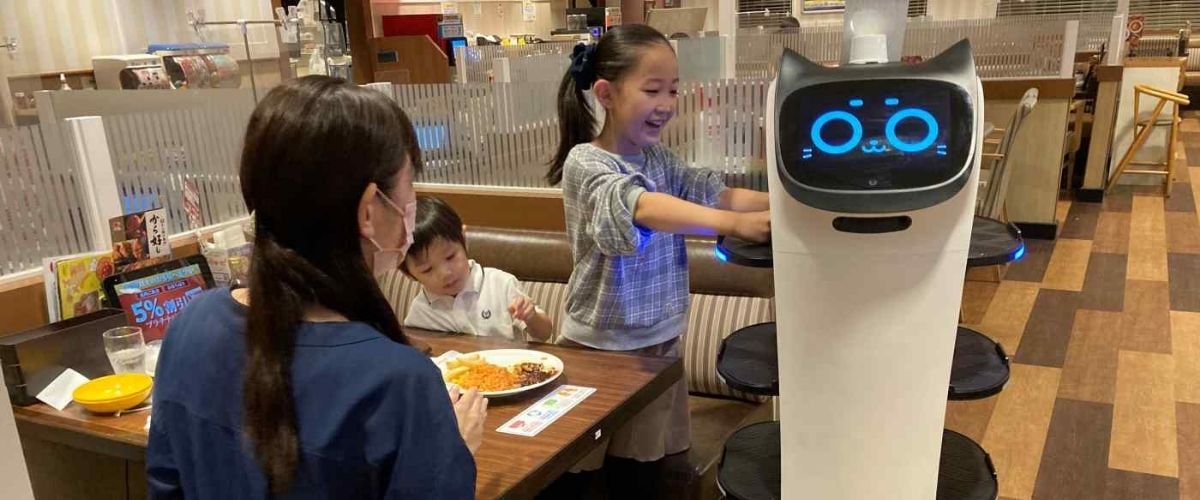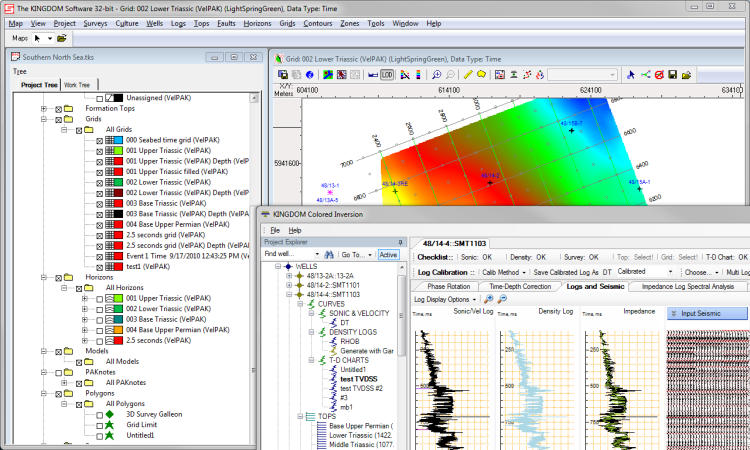
From Kitchen to Customer: The Evolution of Restaurant Delivery with Robots
Restaurant delivery robots are revolutionizing the food industry by streamlining the delivery process from kitchen to customer. With the increasing demand for food delivery services, restaurant delivery robot is becoming a popular solution for improving efficiency and reducing costs. This article will explore the evolution of restaurant delivery with robots and how they change how we order and receive food.
The Introduction Of Robots:
The concept of restaurant delivery robots has been around for several years, but only in recent years have they gained widespread attention and adoption. The first restaurant delivery robots were designed to navigate the streets and bring food to customers. These robots were equipped with GPS systems, cameras, and other sensors to ensure safe delivery. They could carry food in temperature-controlled containers and deliver it to the customer’s door.
Since then, the technology behind restaurant delivery robots has advanced and become more sophisticated. They can now communicate with the kitchen and the customer in real-time, which enables the restaurant to track the progress of the delivery and provide the customer with updates. The robots also can make decisions and adjust their route based on traffic and other obstacles.
Lucki: the Multi Tasker:
The AI service robot is undoubtedly an amazing upgrade in the restaurant industry. While the catering industry is expanding, there are countless problems which the industry keeps on dealing with, including the high costs and recruiting workers; one of the solutions to these problems is the presence of the marketing service robot Lucki created by ORION STAR. Lucki is capable of doing multiple tasks, including actively delivering food, welcoming people, navigating while avoiding obstacles, and interacting with customers. The best part is that it does all of it with accuracy. Lucki’s self-created Robot OS system can be adjusted to meet needs and is connected to customer systems fast and simply. However, the AI robot does more than that, it can suggest food, display advertisements, locate them and serve their food. Trays and snacks can be handed out or collected at each location along the route that has been set up. Additionally, by displaying adverts, it can draw clients.

The Difficulties:
But there are additional difficulties associated with implementing restaurant delivery robots. For example, safety concerns exist, particularly when robots operate in crowded areas. There are also regulations and laws that need to be considered, such as laws governing the use of autonomous vehicles on public roads. In addition, there is the question of integrating robots into existing delivery systems and processes.
The Final Words:
Despite these challenges, the use of restaurant delivery robots is expected to continue growing in the coming years. As technology advances and the public becomes more comfortable with the idea of robots delivering their food, more restaurants are likely to adopt this solution. This will enormously affect the food delivery industry and how we order and receive food.







